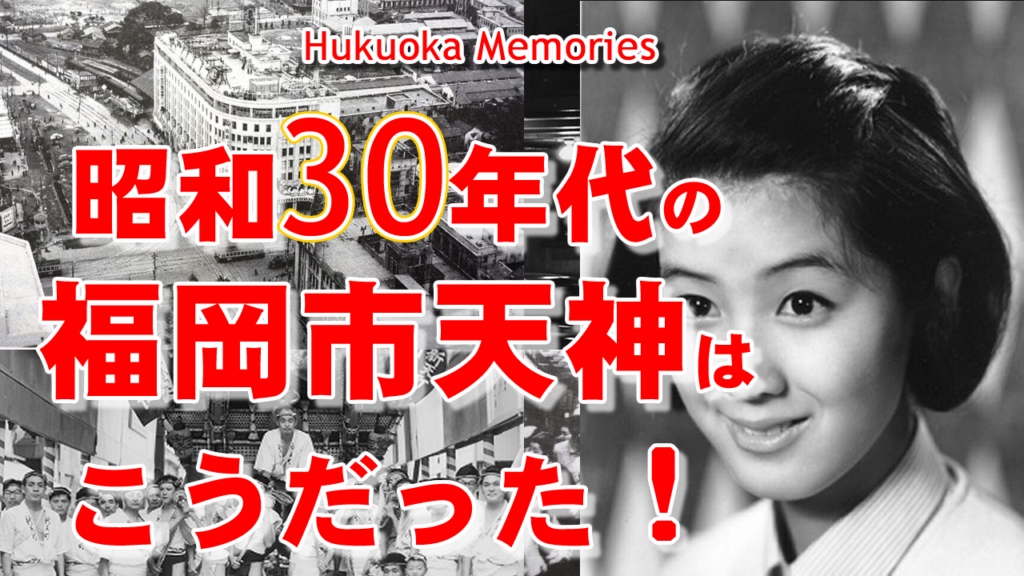「濡れ衣」とは、無実の人に罪を着せること。現代では「冤罪」とも呼ばれ、ニュースなどでも時折報じられる痛ましい出来事です。
もしあなたが、“してもいない罪で裁かれる”立場になったとしたら──。それは恐ろしいどころか、人生を根底から破壊する悲劇です。
この「濡れ衣」という言葉、実は福岡市博多区千代に由来するという驚きの事実をご存じでしょうか?
語源の地は博多|伝説に刻まれた悲劇
江戸時代の儒学者・貝原益軒が著した『筑前国続風土記』には、「濡れ衣」の語源となったとされる伝説が記されています。
時は聖武天皇の御代(724〜749年)。佐野近世(ちかよ)という人物が筑前守として京都から福岡へ赴任しました。彼には病弱な妻と、美しく聡明な継娘・春姫がいました。
妻の死後、近世は後妻を迎えます。ところがこの後妻、春姫を疎ましく思い、ついには命を奪おうと陰謀を企てたのです──。
「濡れ衣」の由来となった悲劇の真相
後妻は、博多湾の漁師を金で買収し、「春姫が大切な釣り衣を盗んだ」と告げ口させました。
怒りに震えた近世は、春姫の部屋を調べます。するとそこには、濡れた釣り衣を抱え眠る春姫の姿が…。
無実とは知らず、近世はその場で春姫を一刀のもとに斬り捨ててしまったのです。
亡霊となって現れた春姫の歌
それから1年後の夜。春姫は夢枕に立ち、一首の歌を詠みました。
『脱ぎ着するそのたばかりの濡れ衣は、長き無き名のためしなりけり、濡れ衣の袖よりつたふ涙こそ無き名を流す、ためしなりけり』
目を覚ました近世は、ようやく春姫の潔白を知ります。そして深く悔い、出家して肥前・松浦山にこもり「松浦上人」と名乗り、春姫の冥福を祈り続けたといわれています。
彼は博多に7つの堂を建立し、春姫の霊を慰めたとされています。
濡れ衣塚と現在の姿|福岡市博多区千代
この伝説から、「無実の罪=濡れ衣」という言葉が生まれたのです。
現在、この物語を伝える史跡が福岡市博多区千代に残されています。それが、濡れ衣塚(ぬれぎぬづか)。
元は聖福寺の西門近くにありましたが、江戸時代に移され、現在は御笠川沿いに再整備されています(平成13年移築)。
>濡れ衣塚の板碑|福岡県指定有形文化財
濡れ衣塚には、次のような貴重な石碑が残されています。
- 高さ:165cmの板碑(いたび)
- 使用石材:玄武岩
- 南北朝時代(康永3年=1344年)の建立
- 梵字で表された三尊仏(大日如来・宝幢如来・天鼓雷音如来)
この石碑は、福岡県の有形文化財にも指定され、現在も保存会の方々により香華(こうげ)が絶えず手向けられています。
アクセス情報|濡れ衣塚を訪ねて
所在地:福岡市博多区千代3丁目 御笠川沿い(国道3号線沿い)
最寄駅:福岡市営地下鉄「呉服町駅」4番出口から徒歩約5分
駐車場:近隣のコインパーキング(「うどんのウエスト」裏手)をご利用ください。
まとめ|今なお語り継がれる濡れ衣の悲劇
「濡れ衣」とは、ただの言葉ではありません。それは、博多の地に実在したかもしれない一人の少女の悲劇から生まれた言葉なのです。
歴史の片隅に埋もれたこの逸話を知れば、冤罪の重さ、無実の命の儚さに心を動かされるでしょう。
福岡を訪れる際は、ぜひ一度、濡れ衣塚へ足を運んでみてください。
博多で起こった濡れ衣事件(ナレーション解説付き)
■ English Version — The Origin of “Nuregi” in Chiyo, Hakata
Have you ever heard the Japanese word “Nuregi” (濡れ衣)?
It refers to being falsely accused of a crime one did not commit — the equivalent of a wrongful conviction or “false accusation” in English.
Even today, such unjust accusations appear in real life. Newspapers report on people wrongly arrested, lives shattered by rumors or fabricated evidence.
But did you know that this powerful word, Nuregi, is believed to have originated from a tragic legend in Fukuoka’s Hakata Ward?
A Tragic Tale in Ancient Times
The story goes back to the reign of Emperor Shōmu (724–749).
A nobleman named Chikayo Sano was appointed as the governor of Chikuzen Province and moved to Fukuoka from the imperial capital Kyoto.
He brought with him his ailing wife and her daughter from a previous marriage — a beautiful and kind girl named Haru-hime.
When his wife passed away due to illness, Sano took a new wife.
However, this new stepmother grew jealous of Haru-hime’s grace and charm, and plotted to have her eliminated.
The False Accusation
The stepmother bribed a local fisherman and had him falsely report to Lord Sano:
“This robe, worn and removed with cruel deceit,
Has stained my name for eternity.
From its soaked sleeves fall bitter tears—
A flood that washes away my honor unjustly.”
Enraged, Sano entered Haru-hime’s room — only to find her sleeping beside a wet fishing robe.
Unaware that he was being manipulated, Sano drew his sword and killed Haru-hime on the spot.
The Ghostly Visit and Regret
A year after the tragic incident, Sano had a dream.
In it, the spirit of Haru-hime appeared and recited a sorrowful poem — exposing her innocence.
Shocked and awakened, Sano finally realized the terrible mistake he had made.
Consumed by guilt, he left public life, became a monk, and took the name “Matsura Shōnin”.
He spent the rest of his life praying for Haru-hime’s soul.
Building Temples for Redemption
In memory of Haru-hime, Matsura Shōnin built seven small temples across Hakata:
Pugen-dō, Tsuji-no-dō, Sekidō, Oku-no-dō, Kayadō, Wakidō, and Kawaradō.
Through these, he sought atonement and peace for Haru-hime’s spirit.
And thus, the term “Nuregi” — literally meaning “wet clothing” — came to signify false accusations, born from a tragic misunderstanding and deadly manipulation.
Visiting the Historical Site: Nuregi-zuka
Today, you can still visit the site known as Nuregi-zuka (“The Burial Mound of the Falsely Accused”) in Chiyo, Hakata Ward, Fukuoka.
- Location: Near the Mikasa River, along National Route 3
- Access: About a 5-minute walk from Gofukumachi Station (Exit 4), Fukuoka Subway Line
- Parking: Available near the “Udon no WEST” restaurant
The stone monument there is a 14th-century “Itabi” (memorial stone), carved with Buddhist Sanskrit symbols.
It is designated as a Fukuoka Prefecture Tangible Cultural Property.
Final Words
Though it’s unclear whether this tale is historically accurate, the emotions and sorrow it evokes remain timeless.
The word “Nuregi” still carries the weight of that tragedy — a silent reminder of justice denied, and a young life lost.
If you ever visit Fukuoka, take a moment to stop by Nuregi-zuka. Let history speak to you.
— Written by Fukuoka Rekishi Hakken Blog
